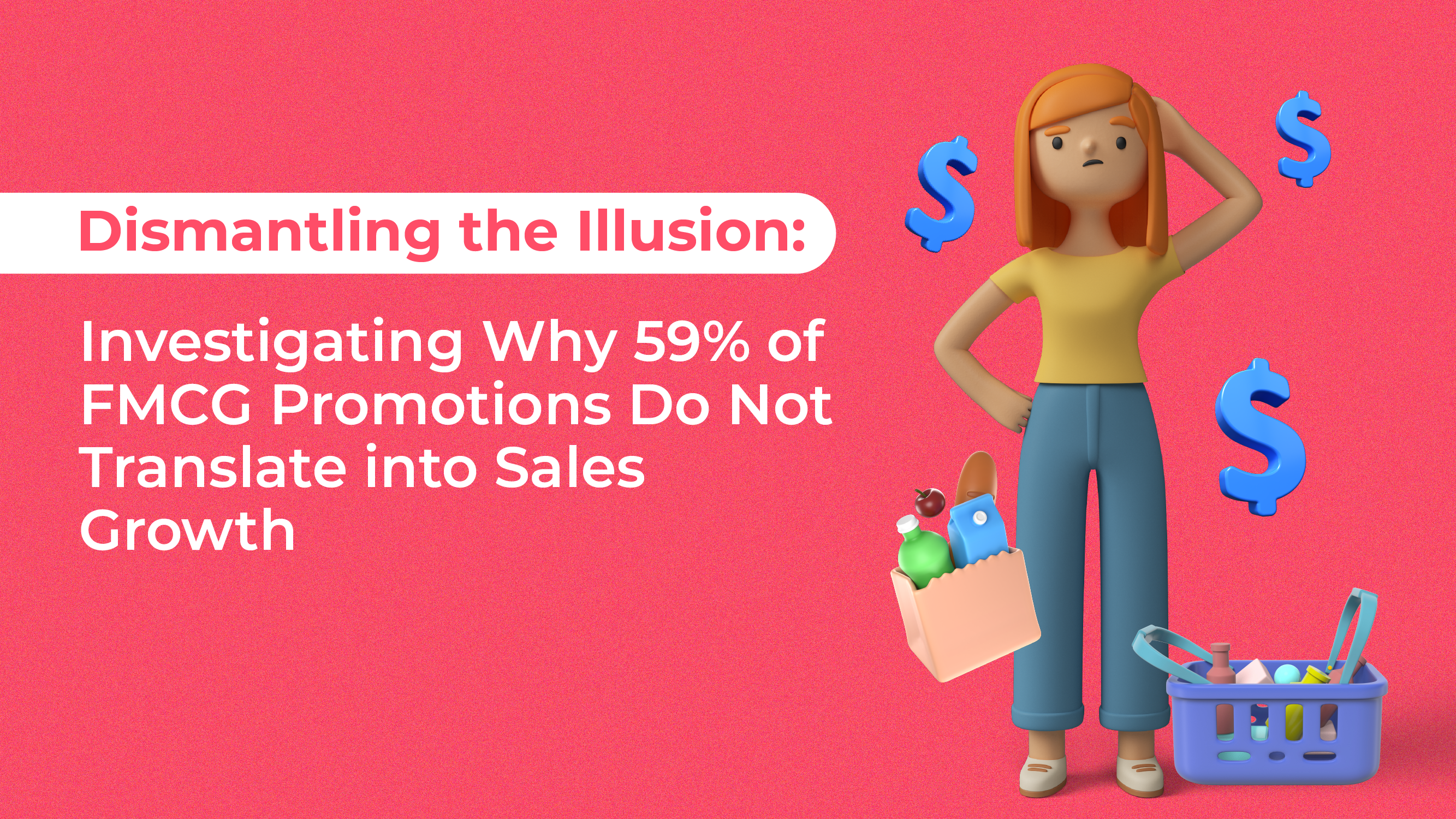Earlier in January, Free Malaysia Today reported that 27 new malls would be popping up around Kuala Lumpur by 2028. With retail occupancy being at an all time low, Malaysians were baffled by the news.
The Klang Valley, which constitutes Putrajaya and Selangor, exhibits 59 million sq ft of mall space, a figure equivalent to 51 Suria KLCC malls. Yet, despite the lack of demand and necessity for shopping malls, new ones seem to be popping up left, right and centre.
Malaysian Malls Are Getting More Empty, But New Ones Are Still Being Built. [restrict]
The oversupply of shopping malls in the city is nothing new. Ask any locals about shopping malls they’re familiar with, and the common answers would be KLCC, Pavillion, Mid Valley, 1-Utama and Sunway Pyramid.
The ever-growing disparity between successful and unsuccessful shopping malls is very apparent. Most successful malls enjoy nearly full occupancy, while those struggling suffer from poor visibility and traffic.
With the e-commerce boom, shopping malls are faced with another hard blow to retail occupancy. Online distribution platforms require less capital and risk overall, therefore posing a more viable avenue for current and aspiring retailers.
Long gone are the days where the only way to sell products was to set up shop. E-commerce channels have enabled just about anyone to become an instant retailer.
The Figures Of Retail Occupancy

According to a report by the Financial Times, the implementation of the Goods and Services Tax (GST) in 2015 hindered consumer spending. Nevertheless, malls continued to prop up between 2015-2017.
As expected, occupancy rates dropped to under 85% by the end of 2017, and are expected to continue plummeting.
Indicatively, newer malls are suffering from the lack of occupancy; some to the extent where entire floors are left barren. Note that this is not a case of poor visibility or traffic, as some of these malls are built in densely populated areas.
Malls Need To Rethink Their Strategies To Stay Relevant
Some previously-popular malls have seen the need to re-purpose and refurbish.

Lot 10 had a stint in 2017 where they re-branded with a fresh image under the leadership of YTL Land Development Bhd vice-president, Joseph Yeoh Keong Shyan. The renovations featured an outdoor-artistic space, a natural-esque aesthetic, and an adorable new mascot, amongst other things.
Other malls have also taken to rethinking their strategies. The focus has shifted from retail outlets and cinemas to co-working spaces, as they seem more profitable and sustainable looking forward.
The need for rethinking and refurbishing sprouts from an underlying need to draw traffic into shopping malls. You’d think that such a pinch would act to slow down development, but evidently, that has not happened.
So, Who’s To Blame?
According to Property Expert, Ernest Cheong, suggests that the banking industry may be contributing to the issue at hand. Cheong states that for the past four to five years, banks in Malaysia have been providing loans for commercial property development without due diligence.
He further attributes this to the bank’s priority in profits above the interest of the economy.
Cheong restates what we already know; that malls, office lots and commercial units are plagued with empty spaces.
To many, the fault seems to lie with local councils. After all, they are the approving authority for land developments. However, Cheong rebuts the argument, where it is up to land owners to decide what to do with their land as long as council requirements are met. Simply rejecting projects could land authorities in court.
Final Words
Despite the lack of demand for new shopping malls, development doesn’t seem to be slowing down. The figures point to an unsustainable future for retail occupancy in Malaysian malls.
Eventually, only the bigger malls may survive, while others go through a slow death. If that is so, then many people will lose their jobs and businesses will go bust.
Actionable Takeaway:
If you are running a retail outlet in a shopping mall, don’t be discouraged by the current outlook on sustainability.
Remember that your services, products and offerings can be built on customer loyalty and not just mass traffic. Read hereto find out how do just that.
Continue focusing on what you can bring to customers, and you can survive through this retail apocalypse.
[/restrict]





